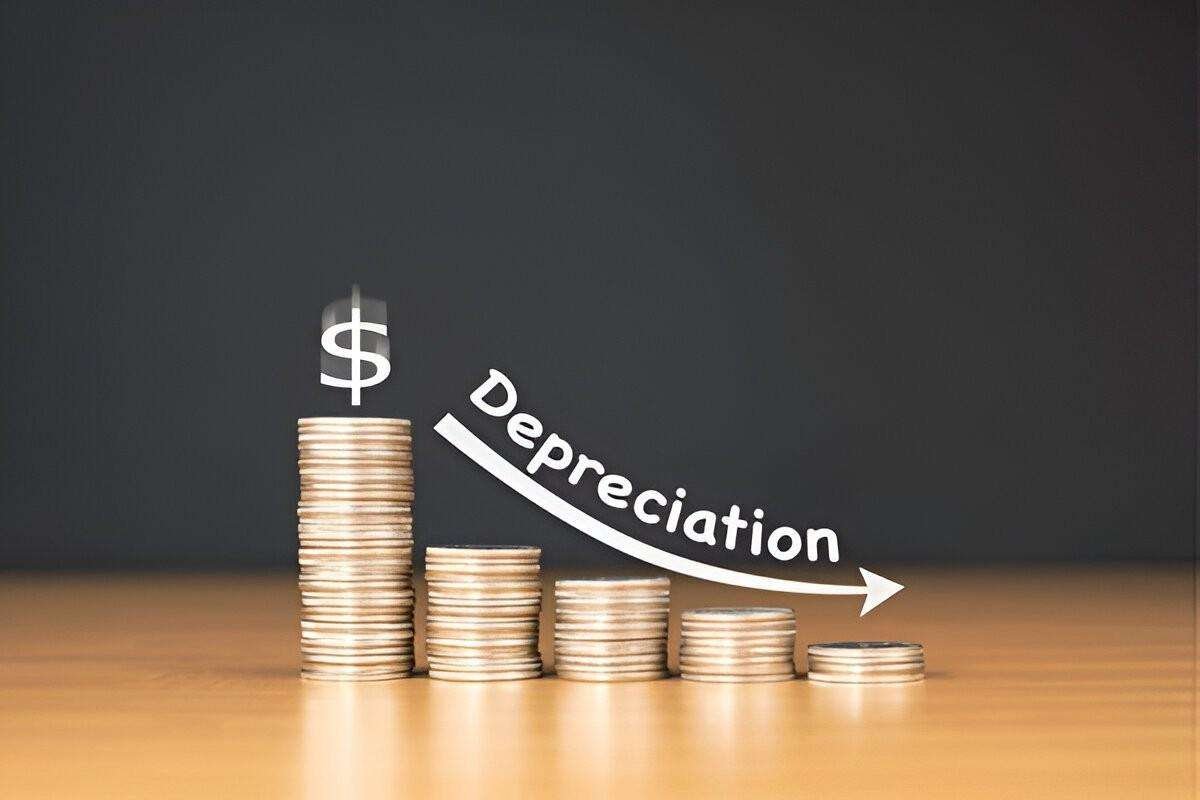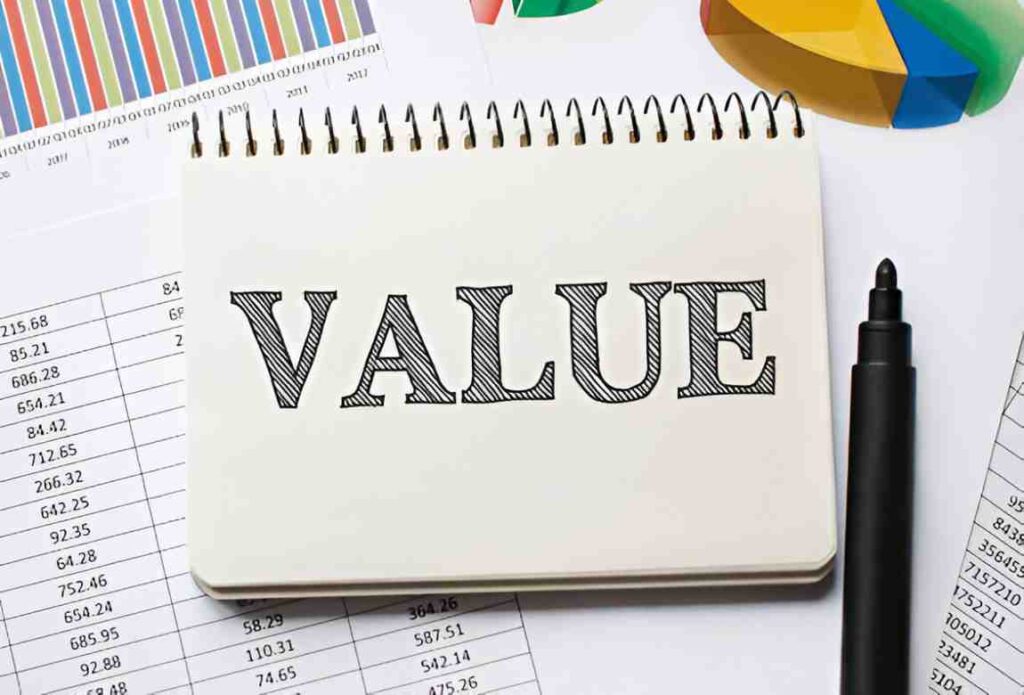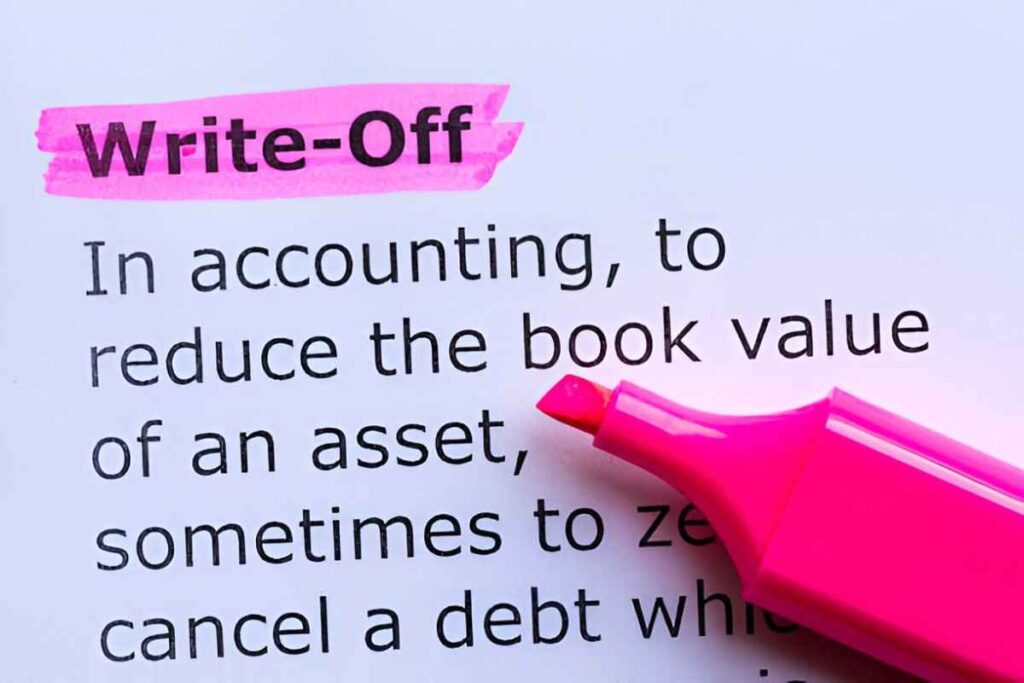As someone who has worked in finance and accounting for years, I know depreciation is one of those concepts that can trip up beginners. Yet, understanding it is crucial for anyone managing business finances, filing taxes, or analyzing investments. In this guide, I’ll break down depreciation rates in plain terms, explain how they work, and show you how to calculate them with real-world examples.
Table of Contents
What Is Depreciation?
Depreciation is the systematic allocation of an asset’s cost over its useful life. When a business buys equipment, machinery, or even a building, it doesn’t expense the entire cost upfront. Instead, it spreads the cost over the years the asset is in use. This matches expenses with revenue, a core principle of accrual accounting.
Why Depreciation Matters
Depreciation affects three key areas:
- Financial Statements – It reduces reported earnings on the income statement while accumulating as accumulated depreciation on the balance sheet.
- Taxes – The IRS allows businesses to deduct depreciation, lowering taxable income.
- Cash Flow – While depreciation is a non-cash expense, it impacts tax payments, indirectly affecting cash flow.
Understanding Depreciation Rates
The depreciation rate determines how quickly an asset loses value. It’s usually expressed as a percentage and depends on the method used. The most common methods in the US are:
- Straight-Line Depreciation
- Declining Balance Method
- Units of Production Method
1. Straight-Line Depreciation
This is the simplest method. The asset loses value evenly over its useful life. The formula is:
\text{Annual Depreciation Expense} = \frac{\text{Cost of Asset} - \text{Salvage Value}}{\text{Useful Life}}Example:
Suppose I buy a machine for \$50,000 with a salvage value of \$5,000 and a useful life of 10 years.
The depreciation rate here is 10\% per year since the asset depreciates fully over 10 years.
2. Declining Balance Method
This method accelerates depreciation, meaning the asset loses more value in the early years. The most common variant is the Double Declining Balance (DDB) method.
The formula is:
\text{Depreciation Expense} = \text{Book Value at Beginning of Year} \times \left( \frac{2}{\text{Useful Life}} \right)Example:
Using the same machine (\$50,000 cost, 10-year life), the DDB rate is 20\% (2 \times 10\%).
- Year 1: \$50,000 \times 20\% = \$10,000
- Year 2: (\$50,000 - \$10,000) \times 20\% = \$8,000
This continues until the book value reaches the salvage value.
3. Units of Production Method
This method ties depreciation to actual usage rather than time. The formula is:
\text{Depreciation Expense} = \left( \frac{\text{Cost} - \text{Salvage Value}}{\text{Total Estimated Units}} \right) \times \text{Units Produced in Period}Example:
If the machine is expected to produce 100,000 units over its life and makes 8,000 units in Year 1:
Comparing Depreciation Methods
| Method | Depreciation Rate | Best For |
|---|---|---|
| Straight-Line | Constant | Assets with steady use (e.g., office furniture) |
| Double Declining | Accelerated | Tech equipment (loses value fast) |
| Units of Production | Variable | Manufacturing machinery |
Tax Depreciation: MACRS
The IRS uses the Modified Accelerated Cost Recovery System (MACRS), which is a form of declining balance switching to straight-line. Businesses must follow MACRS for tax purposes, even if they use a different method for financial reporting.
MACRS assigns assets to classes with specific recovery periods:
| Asset Type | Recovery Period |
|---|---|
| Computers | 5 years |
| Office Furniture | 7 years |
| Residential Rental | 27.5 years |
Real-World Implications
Impact on Business Decisions
Depreciation affects:
- Capital Budgeting – Companies prefer methods that reduce taxable income early.
- Asset Replacement – Faster depreciation may lead to earlier upgrades.
- Loan Covenants – Lenders may adjust EBITDA calculations based on depreciation policies.
Example: Buying a Company Vehicle
If I buy a \$30,000 van with a 5-year life and \$5,000 salvage value:
- Straight-Line: \$5,000 per year
- DDB: Higher deductions early, lowering taxes sooner
Common Mistakes to Avoid
- Ignoring Salvage Value – Some assets still hold value.
- Using the Wrong Method – Tax rules may restrict choices.
- Forgetting Bonus Depreciation – The IRS sometimes allows immediate write-offs (e.g., Section 179 deduction).
Final Thoughts
Depreciation isn’t just an accounting formality—it shapes financial strategy. By picking the right method, businesses optimize taxes and cash flow. If you’re just starting, stick with straight-line for simplicity, but explore MACRS for tax savings.





